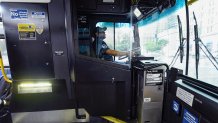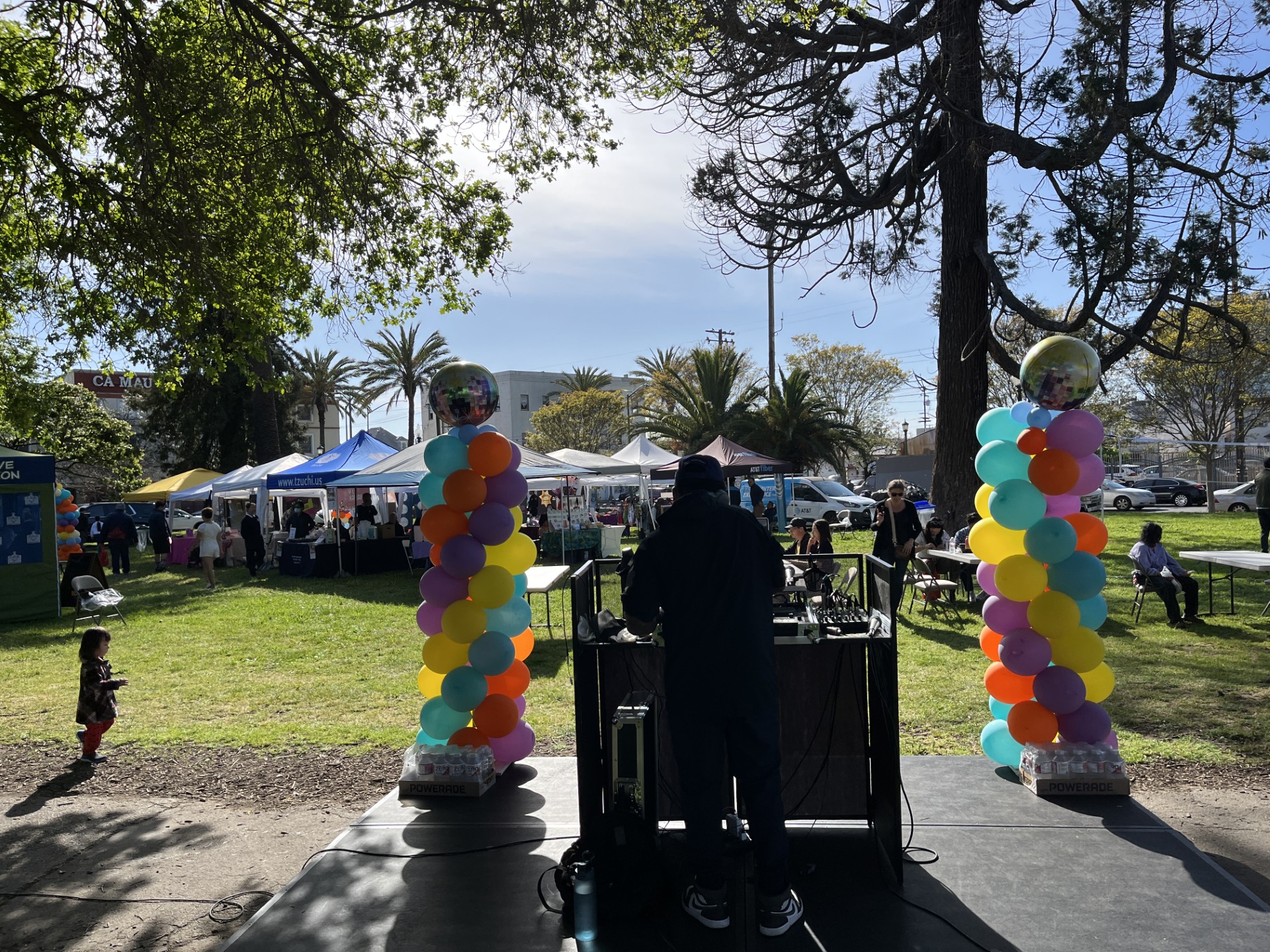Bus drivers are critical to our public transit system, but many say they are facing worsening violence since the pandemic.
To find out what’s happening to bus drivers, the NBC Bay Area spent the past four months reviewing dozens of recent surveillance videos showing Bay Area passengers exposing drivers to a spectrum of abuse, from verbal harassment and intimidation to punching and pepper spraying.
In one case, a machete-wielding passenger kidnapped a bus driver in the South Bay last year and forced him to drive for more than ten minutes before law enforcement arrived.
The videos highlight a disturbing national trend of increasing violence against bus drivers. Assaults on transit workers increased by 121% between 2008 and 2021, according to the Federal Transit Administration (FTA).
Get a weekly recap of the latest San Francisco Bay Area housing news. Sign up for NBC Bay Area’s Housing Deconstructed newsletter.
The American Public Transit Association (APTA) says broadening definitions of “transit worker assaults” caused overall assault numbers to rise, but that change occurred last year and would not have impacted FTA’s 2008-2021 analysis.
Digging deeper into the federal data, the Investigative Unit found AC Transit is on track to have the highest rate of assault on bus workers out of any major transit system nationwide, far outpacing New York MTA's and Chicago CTA's rates.
Tracking driver assaults in the Bay Area
NBC Bay Area requested yearly numbers of driver assaults from transit agencies that operate buses in the region.
Santa Clara Valley Transit Authority, which services Santa Clara County, provided data showing assaults on drivers were on track to decrease in 2023 from a post-pandemic peak of 38 in 2022. There had been 20 assaults in 2023 as of the end of October, the agency said.
San Francisco Municipal Railway, which operates both light rail and bus transit systems, released data showing attacks on its drivers were on pace to decrease slightly in 2023. The agency counted 116 incidents in 2022 and 95 incidents in 2023 through October.
San Mateo County Transit District’s data showed a three-fold increase of assaults on the system’s bus drivers, increasing from four reported cases in 2022 to 11 incidents in 2023 through October.
In a statement, a SamTrans spokesperson said, “...it’s not clear to us whether these types of incidents have any correlation to pandemic-related societal changes…but we take each incident very seriously. It’s a complex situation with the contributing factors possibly being as varied as the incidents themselves.”
AC Transit on track to have worst bus worker assault rate nationally
AC Transit, which provides service in Alameda and Contra Costa County, declined the Investigative Unit’s multiple requests to provide its 2023 data. A spokesperson said the numbers are still being collected.
So, NBC Bay Area looked at 2023 Federal Transit Administration data and found AC Transit’s ridership-adjusted rate of worker assaults was on track to far outpace all other major bus agencies in the country, including Chicago’s CTA and New York’s MTA systems.
AC Transit declined an interview with our news team and, for more than two weeks, did not answer our questions about its 2023 assault rate.
In an email, AC Transit spokesperson Robert Lyles said “...one act of violence is too many, and AC Transit will exhaust all means to identify those responsible and fully prosecute.”
The agency added, since 2019, it has been “dedicated to bolstering the safety of frontline workers through the installation of protective systems. [AC Transit] started by launching tests of two custom-engineered Bus Operator Protective Barriers districtwide. Following a vote by operators to determine their preference, protective barriers are now actively deployed at all bus divisions.”
‘It scares the hell out of me’
NBC Bay Area first covered bus driver attacks in 2018 with a series of reports that reviewed more than 200 videos of alleged assaults on AC Transit workers. The investigations prompted a national push for safety measures and revealed a spike in assaults despite the agency’s internal data showing attacks on drivers had decreased.
In one of the pre-pandemic videos, a passenger attacked AC Transit driver Tina Gonzales in 2017. This past July, while on an Oakland bus route, Gonzales faced another attack at the hands of a different disgruntled passenger.
“He came out of nowhere and blindsided me and started attacking me,” Gonzales said. “Got hit across my face, punched about seven or eight times, blacked out, got punched, woke up from it.”

Altogether, Gonzales said she has been attacked four times in her 11 years driving AC Transit buses, leading her to speak out about what she said are increasing dangers for public transit drivers.
“My supervisor told me one time, ‘Just remember, you're the only one on that bus that probably doesn't have a gun,’ Gonzales said. “It scares the hell out of me.”
When asked what kind of solutions she wants to see as a bus operator, Gonzales said better shields around drivers.
Possible solutions - bus driver shields?
Bus drivers and union representatives who spoke to NBC Bay Area point to barriers as a potential solution for driver assaults.
“My top priority is to redesign the bus,” said John Costa, president of the International Amalgamated Transit Union (ATU). The group represents 200,000 transit workers across the United States and Canada.
In New York, MTA is testing new fully-enclosed “cockpit-style” bus driver barriers. The new prototype extends the physical barrier to the interior roof of the bus and includes additional larger glass on the operator’s compartment door and a fixed glass in front of the door.

“The device aims to protect bus operators from objects being thrown and prevent potential physical assaults to safely operate the bus,” MTA said on its website.
Locally, AC Transit said its custom-engineered protective barriers program cost $2.4 million, but the project has fallen behind because of pandemic-related supply chain issues and revenue losses over the past three years. AC Transit said it has retrofitted 150 buses and still has 387 coaches remaining.

Federal safety measures
“There’s more stabbings going on,” Costa said. “It's horrible. I mean, I have grown adults come in my office and cry.”
The ATU is collaborating with the Federal Transit Administration to draft new safety measures that were authorized by the Infrastructure Investment and Jobs Act of 2021.
But the road to safety has been slow. Regulations are still being written. One reason is due to disagreement over the FTA’s proposal that transit system safety committees should have an equal number of frontline transit workers and management representatives.
In a statement to NBC Bay Area, American Public Transportation Association (APTA) said an impasse “could tie up all federal public transit funding,” and management “must be the final decision maker.”
“You can’t have veto power because then there’s no teeth to this thing,” Costa said.
The FTA declined an interview with the Investigative Unit, but said it’s taking the following steps to improve transit worker safety.
2019:
- Issuing a Federal Register notice alerting transit agencies to the need to address the risk of transit operator assault when identified through the processes required under the safety regulation.
2020:
- Launching the Bus Operator Compartment Redesign Program to improve safety, operational efficiency, and passenger accessibility.
2021:
- Launching the Enhanced Transit Safety and Crime Prevention Initiative
- Issuing a Request for Information (RFI) on Transit Worker Safety
2022:
- Issuing a Dear Colleague Letter informing transit agencies of the Bipartisan Infrastructure Law changes to safety requirements and directing transit agencies to establish joint labor-management Safety Committees.
- Publishing a Federal Register Notice seeking comment on proposed changes and clarifications to the National Transit Database Safety and Security reporting requirements.
- Publishing a Notice of Funding Opportunity in the Federal Register for the Transit Worker and Rider Safety Best Practices Research
‘I never missed a day at work. Now, it’s scary to go to work.’
Back in Oakland, Gonzales says she used to love her job. After more than a decade as a driver, some of her older passengers have become her friends.
“It was great. I love being at work. I never missed a day at work. Now, it's scary to go to work.” And Gonzales still loves her job, she said; she just doesn’t want a day at work to be her last.



